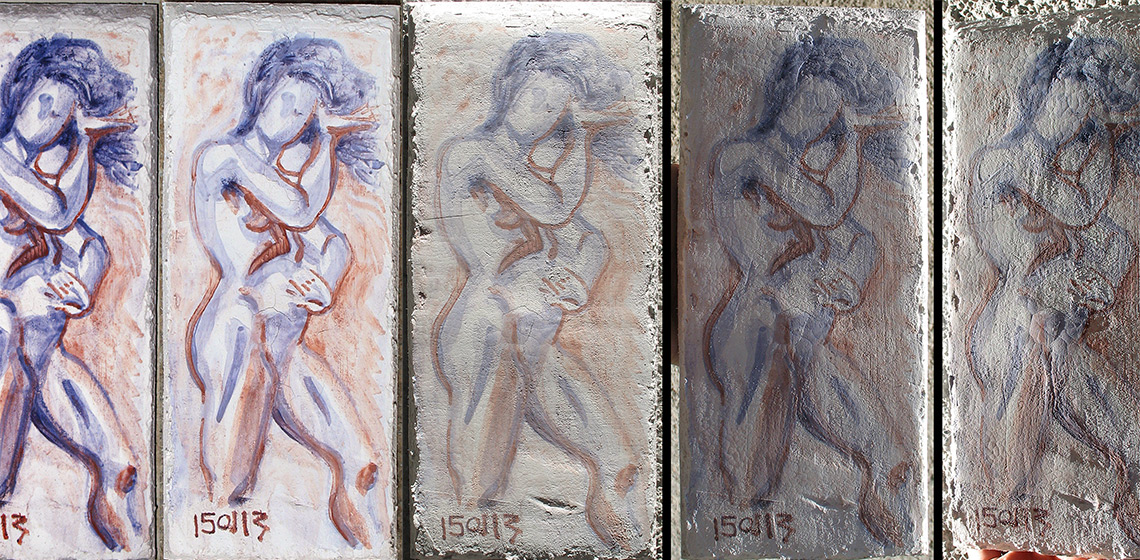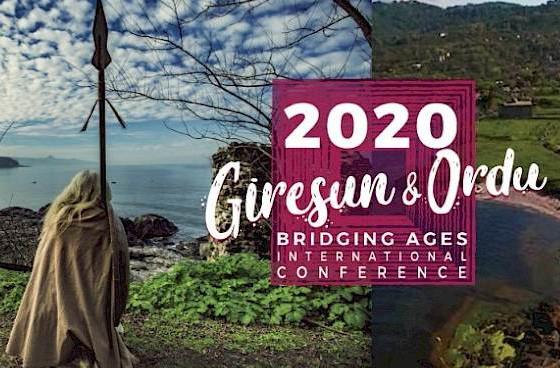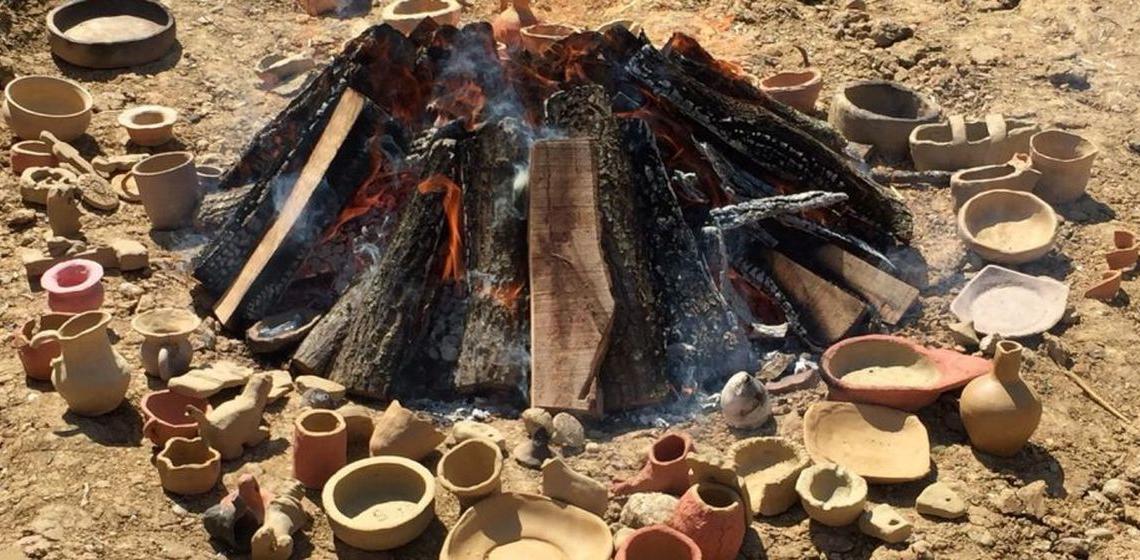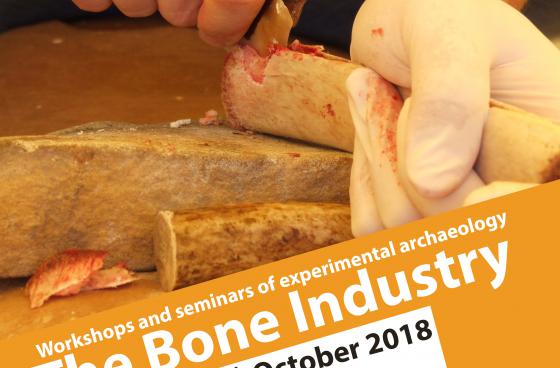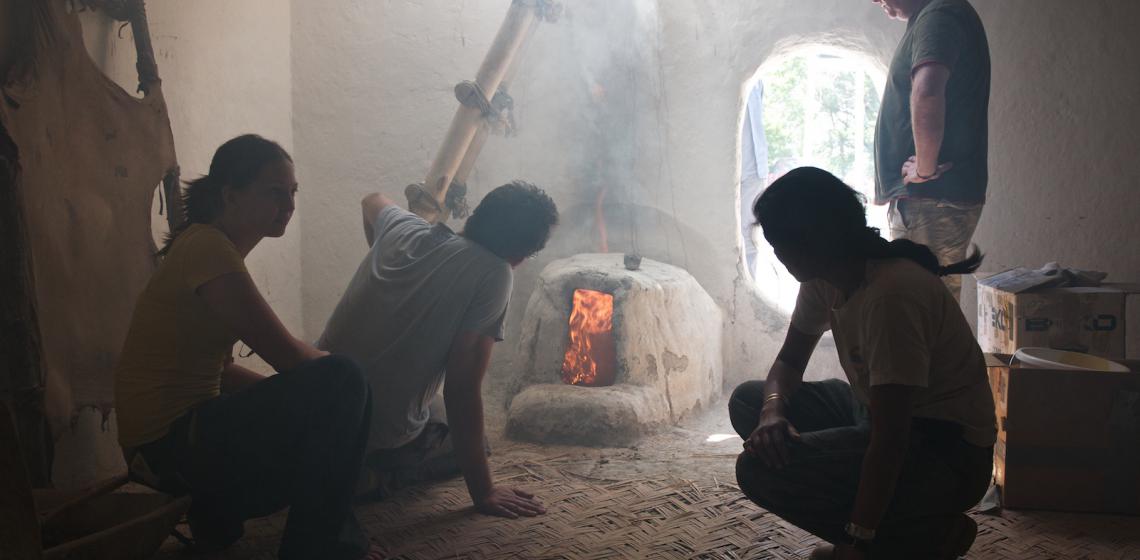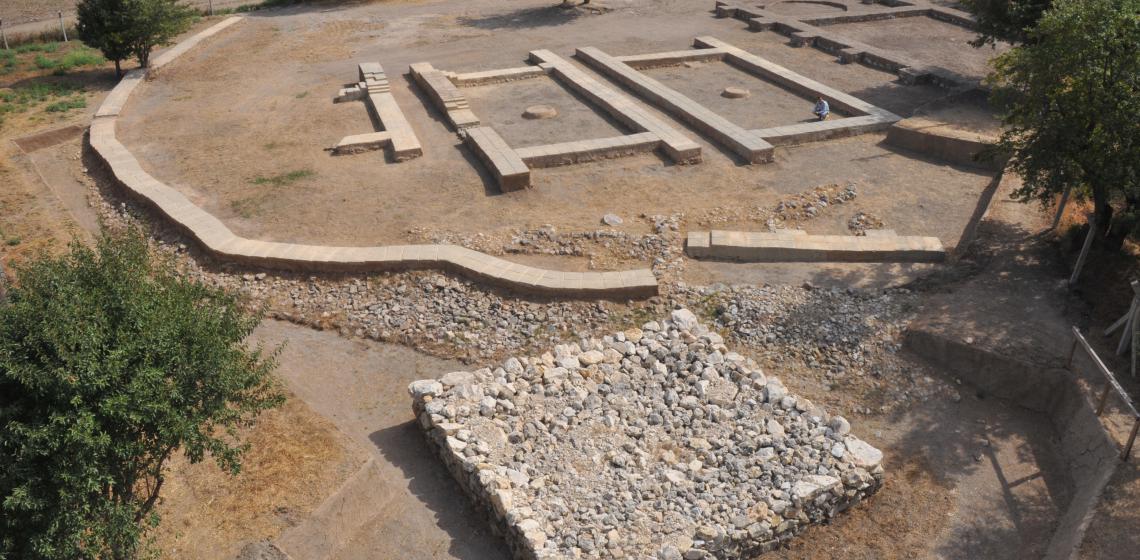Turkey
Fresco Mixtures with Dried Lime Plaster: Cameron’s Experiments Revisited
During the Bronze Age, craftspeople of the eastern Mediterranean reused fragments of mortars as aggregates in lime mixtures. In the 1970s, Mark Cameron experimented with the techniques of Minoan fresco preparing and painting. His experiments showed that it is possible to create mortar by mixing lime plaster with dried powdered lime plaster, and by mixing dried powdered lime plaster with water...
Bridging Ages - 16th Annual Conference
#exact dates TBC
Topic: Engagement in Environment and Local Community
The Time Travel Method in Education, Tourism and Local Development
Bilecik Seyh Edebali Universitesi (TR)
In archaeology, where practice and experimentation are important research components, new approaches and methodologies are continuously developed. In our country we now have a number of interdisciplinary studies on public archaeology, as well as archaeo-parks and open-air museums, and these are an extremely important tool to sensitize the general public regarding issues of cultural heritage.
This notwithstanding, in Turkey there are presently no institutional structures that allow the formation of new researchers or the continuity in practice and education, and therefore experimental archaeology struggles to become a tool for research. One of the main objectives of this center is to offer a session of introduction and formation on experimental archaeology to both Turkish academics and students at the master and doctoral level.
Workshop & Seminar: the Bone Industry
Workshops and Seminars of Experimental Archaeology
An Experimental Diachronic Exploration of Patination Methodology of Dark Patinated (Arsenical) Copper Alloys on Case Studies from the Eastern Mediterranean Bronze Age and Early Iron Age
***Artificially patinated copper alloys are found archaeologically in polychrome artefacts from the 19th century BC Egypt to historical and contemporary Japan. The unusual colour variations observed in these patinas, ranging from black to blue to purple, is due to a minor amount of gold (Au) and silver (Ag) in their copper matrix, whereas...
Experimental Archaeology Workshop in Turkey
This weeklong workshop for university-level archaeology students will utilize the ideal setting of the Neolithic-Chalcolithic Aktopraklık site in Turkey. Bolstered by on-site reconstructions of prehistoric architecture, participants will have the unparalleled opportunity to do experimental archaeology in the same manner and setting as Aktopraklık’s ancient inhabitants.
Çatalhöyük (TR)
The ancient town of Çatalhöyük appears today as a large hill on the Anatolian plain. However the grass and soil conceal a settlement that was once lived in by 3,500 to 8,000 people more than 9,000 years ago. This concentrated farming community produced exceptional art and architecture for its time, making it one of the most important archaeological sites in the world.
There is a full-sized reconstruction of a typical Çatalhöyük home on site. It is open to visit, and also used by archaeologists to test their theories about the past. This first house has aided researchers in exploring how bricks were made, how fires were maintained in the ovens, how pigments and plaster were used on the walls, how bodies were buried in the floors. In 2016, four more replica buildings were constructed and opened in 2017.
Aktopraklık Höyük Açıkhava Müzesi ve Arkeoloji Okulu (TR)
The Aktopraklık Höyük Open-Air Museum and Archaeology School is run by the Istanbul University Department of Prehistory. The foundation of this cultural heritage management project is the archaeological evidence from the excavation conducted at the prehistoric mound of Aktopraklık.
The Aktopraklık Höyük Open-Air Museum and Archaeology School is run by the Istanbul University Department of Prehistory. The foundation of this cultural heritage management project is the archaeological evidence from the excavation conducted at the prehistoric mound of Aktopraklık...
Kanlıgeçit Open-Air Museum (TR)
Kanlıgeçit is an Early Bronze age site 500 m south of the Kırklareli town centre excavated from 1994 to 2006 by a joint project of İstanbul University and the German Archaeological Institute. The settlement was established ca. 3200 BC as a small Thracian village but transformed and redesigned in ca. 2400 BC as a citadel imitating Anatolian town model comprising of megaron type of buildings. The site is being redesigned as an open-air museum by modelling the megaron phase of the settlement.
Kanlıgeçit is a reconstructed site; the excavated area has been covered by soil after the excavation had finished, and the buildings found, are re-built in the exact place in original size. The re-constructed buildings are not complete; they have been built as a half (some walls are a meter but most of them 50 to 70 cm high). Staff did not want to complete the upper part of the structures because of different reasons.


